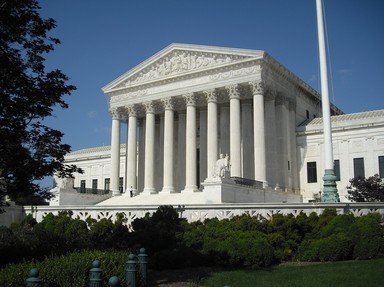Quiz Answer Key and Fun Facts
1. In January the Supreme Court delivered an important ruling on campaign finance, in the case of Citizens United v. Federal Election Commission. What did the court decide?
2. Sonia Sotomayor became the first Hispanic justice of the Supreme Court when she was appointed by President Obama in 2009. Which justice did she replace?
3. In 2001 one Frank Buono sued to have a large cross removed from federal land in California. The Supreme Court finally considered the case, and issued a decision in April of 2010. What did the court rule?
4. In May the court announced its decision in the case of United States v. Comstock, regarding the federal government's role in the civil commitment of sex offenders after their sentences had been served. What did the court rule on this issue?
5. In May of 2010 the court announced its decision in the case of Graham v. Florida, holding that what sort of punishment was cruel and unusual?
6. In May the court announced an antitrust decision involving one of the major U.S. sports leagues. Which league found itself on the losing end of this 9-0 ruling?
7. The 1965 case of Miranda v. Arizona held that police have to warn suspects of their right to remain silent and have an attorney present during questioning, and if this right is invoked then questioning must cease. Which aspect of this Miranda rule was altered by the Supreme Court's 2010 opinion in Berghius v. Thompkins?
8. In late June the Court issued a long-awaited opinion on gun rights and the second amendment. What did the Court decide in this 5-4 decision?
9. On the last day before the Court's summer recess, the justices honored retiring Justice John Paul Stevens, who had been on the Court since being appointed by President Ford way back in 1975. At the time of his retirement, Stevens was the second-oldest justice in the court's history. Who was the oldest?
10. President Obama nominated Elena Kagan to replace retiring Justice John Paul Stevens. Which job had Kagan *not" held during her legal career prior to being nominated?
Source: Author
chessart
This quiz was reviewed by FunTrivia editor
gtho4 before going online.
Any errors found in FunTrivia content are routinely corrected through our feedback system.
